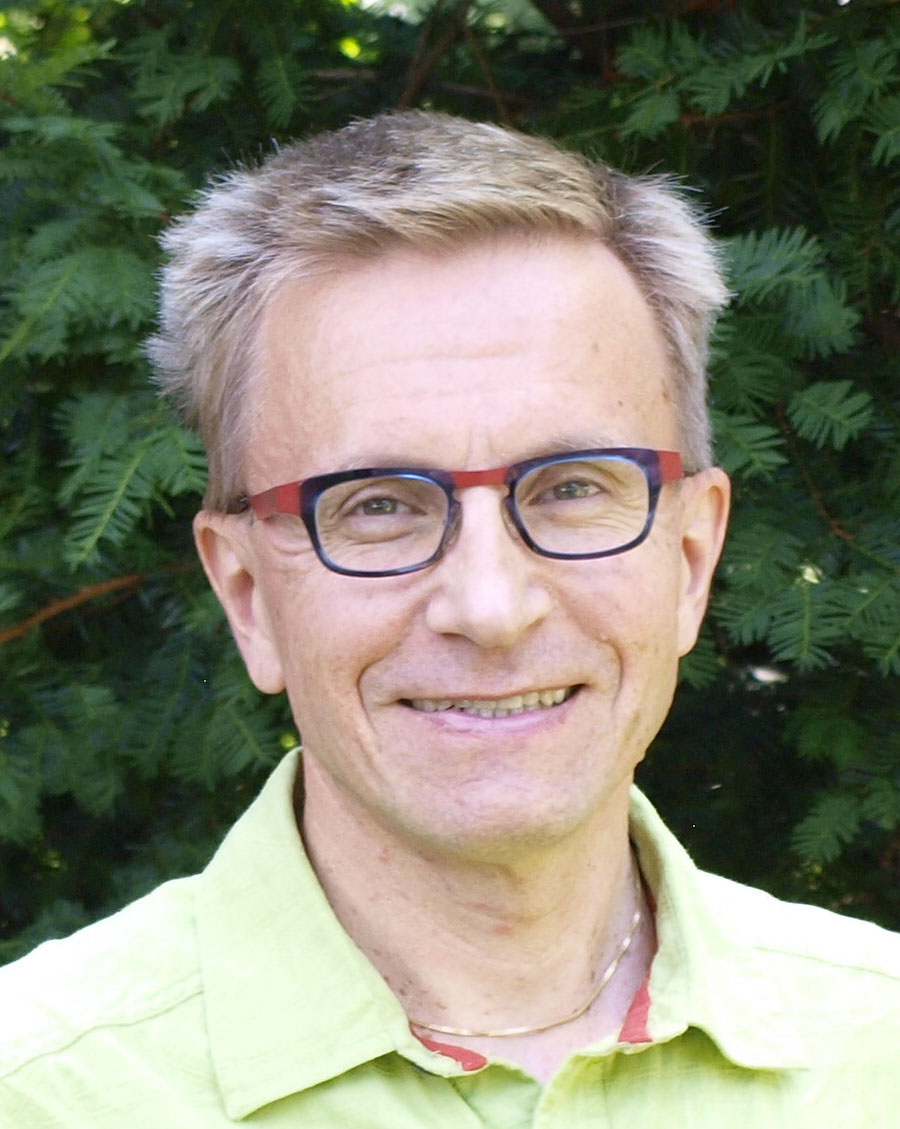
Distinguished Professor, Department Chair
haggblom@rutgers.edu
848-932-5646
Laboratory Website
Lipman Hall, Room 121
76 Lipman Drive
New Brunswick, NJ 08901-8525
Research Interests
Environmental and applied microbiology, biodegradation and bioremediation
Research in our laboratory focuses on the biodegradation of environmental pollutants, especially halogenated aromatic compounds. Our specific interests are in understanding (a) how microbes degrade toxic chemicals, such as halogenated aromatic compounds, and (b) how microbial communities can be stimulated to degrade soil, groundwater and sediment contaminants. Our laboratory is examining the diversity of aerobic and anaerobic processes in the degradation and transformation of environmental pollutants, including chlorinated and brominated aromatic compounds, chlorinated pesticides, PCBs and PAHs. Our research is seeking novel bioremediation strategies for degradation of these compounds in soils and sediments. Our long term research objectives involve examining the diverse catabolic activities of microbes and how biotransformation and biodegradation affect the fate of anthropogenic contaminants.
A central objective in these studies is the physiological characterization of the microorganisms involved in contaminant degradation and transformation and the identification of degradation mechanisms and pathways. The work in our laboratory is currently focusing on identification of degradation mechanisms of halogenated aromatic compounds under different redox conditions, including a biochemical and molecular characterization of the degradation pathways. In addition, we are also examining the population structure and dynamics of anaerobic dehalogenating communities. Another area of interest is the characterization of rhizospheric bacteria involved in biodegradation of organic contaminants and developing their use in bioremediation. We are also exploring aspects of microbe-oligochaete interactions in biodegradation of organic contaminants. The aims of these research projects are to provide a basic understanding of the environmental fate of anthropogenic pollutants as well as to serve as a base for developing novel bioremediation or biocatalytic processes.
Publications List
Selected Publications
- Qiang L, Cheng J, Mirzoyan S, Kerkhof LJ, Häggblom MM (2021) Characterization of microplastics-associated biofilm development along an estuarine gradient. Environ Sci Technol 55:16402-16412. doi.org/10.1021/acs.est.1c04108
- Liu J, Adrian L, Häggblom MM (2020) Transcriptomic and proteomic response of the organohalide respiring bacterium Desulfoluna spongiiphila to growth with 2,6-dibromophenol as electron acceptor. Applied and Environmental Microbiology 86:e02146-19. doi: 10.1128/AEM.02146-19.
- Gadkari P, McGuinness L, Männistö MK, Kerkhof LJ, Häggblom MM (2020) Arctic tundra soil bacterial communities active at subzero temperatures detected by stable isotope probing. FEMS Microbiology Ecology 96:fiz192. doi.org/10.1093/femsec/fiz192
- Liu J, Häggblom MM (2018) Genome guided identification of organohalide-respiring Deltaproteobacteria from the marine environment. mBio 9:e02471-18. doi.org/10.1128/mBio.02471-18
- Dam HT, Vollmers J, Kaster AK, Häggblom MM (2017) Reconstructed genomes of novel Dehalococcoides mccartyi strains from 1,2,3,4-tetrachlorodibenzo-p-dioxin-dechlorinating enrichment cultures reveal divergent reductive dehalogenase gene profiles. FEMS Microbiology Ecology 93:fix151. doi.org/10.1093/femsec/fix151
- Liu J, Lopez N, Ahn Y, Goldberg T, Bromberg Y, Kerkhof LJ, Häggblom MM. (2017) Novel reductive dehalogenases from the marine sponge associated bacterium Desulfoluna spongiiphila. Environmental Microbiology Reports. DOI:10.1111/1758-2229.12556
- Liu T, Ahn H, Sun W, McGuinness LR, Kerkhof LJ, Häggblom MM. (2016) Identification of a Ruminococcaceae species as the methyl tert-butyl ether (MTBE) degrading bacterium in a methanogenic consortium. Environ. Sci. Technol. 50:1455-1464. DOI: 10.1021/acs.est.5b04731
- Nikrad MP, Kerkhof LJ, Häggblom MM. (2016) The subzero microbiome: Microbial activity in frozen and thawing soils. FEMS Microbiol. Ecol. 92:fiw081. DOI: 10.1093/femsec/fiw081
- Liu H, Park J-W, Häggblom MM. (2014) Enriching for microbial reductive dechlorination of chlorinated dibenzo-p-dioxins and dibenzofurans. Environ. Pollution 184:222-230. DOI:10.1016/j.envpol.2013.08.019
- Tuorto SJ, Darias P, McGuinness LR, Panikov N, Zhang T, Häggblom MM, Kerkhof LJ. (2014) Bacterial genome replication at subzero temperatures in permafrost. ISME Journal 8:139-149. DOI:10.1038/ismej.2013.140
- Rauschenbach I, Posternak V, Cantarella P, McConnell J, Starovoytov V, Häggblom MM. (2013) Seleniivibrio woodruffii gen. nov., sp. nov., a selenate and arsenate respiring bacterium in the Deferribacteraceae. Int. J. System. Evol. Microbiol. 63:3659-3665. DOI:10.1099/ijs.0.043547-0
- Rawat S, Männistö, MK, Bromberg Y, Häggblom MM. (2012) Comparative genomic and physiological analysis provides insights into the role of Acidobacteria in organic carbon utilization in Arctic tundra soils. FEMS Microbiology Ecology 82:341-355. DOI:10.1111/j.1574-6941.2012.01381.x6


